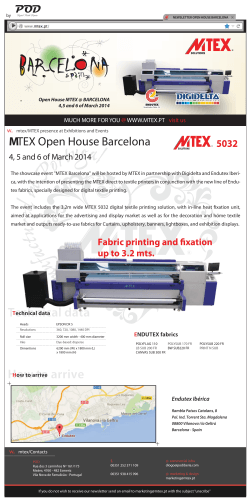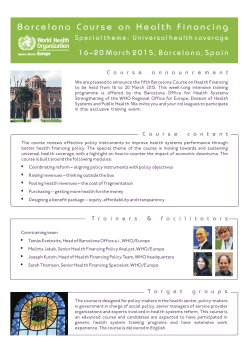
Untitled - Lúa Coderch
Due to circumstances I will not explain here, or which I’ll explain later, I was born in Peru, on the banks of the Amazon River. This was in 1982, in a place called Iquitos, where I only lived for a few months. I have no memory of it and don’t retain any link to that place. I left there when Werner Herzog and his team came to film Fitzcarraldo. Not at exactly the same time you understand, nor for that reason, but in the same period, I mean. So the first thing I use by way of introduction is really a little deception that I happily accept. What I find significant in this origin story is not so much its possible rarity -either quantitative or qualitative- as its aesthetic efficiency. That is to say their capacity to produce value. I admit that one thing can be related to the other. Nor is it a bizarre idea to say that distance and lack of first-hand data make things available, say, for speculation. Like when someone goes abroad, the first profit that this person gets is the product of the distance itself in the eyes of others. These images are fragments from a film shot during the time I was in the Amazon. I have chosen those that insist more clearly on this idea of exoticism and remoteness specifically. I have also chosen an image that reminded me of Fitzcarraldo, and one that reminded me of La Jetée. LÚA CODERCH Iquitos (Peru), 1982. She lives and works in Barcelona. Her solo shows include Or (Fundació Suñol, Barcelona), La parte que falta (Galería Bacelos, Madrid), La muntanya màgica (Espai 13, Fundació Joan Miró, Barcelona. Curated by Oriol Fontdevila), Paràbola (Capella de Sant Roc, Valls. Curated by Joana Hurtado), Recopilar les fotografies sense memòria de l’arxiu familiar (EspaiDos, Terrassa. Curated by Alexandra Laudo) and Estratègies per desaparèixer (La Capella, Espai Cub, Barcelona. BCN Producció 2011). Her group shows include ¿Por qué no lo llamas entropía? (Edición 0 Encuentro de Cultura Contemporánea de Guadalajara, México. Curated by Juan Canela and Ariadna Ramonetti), La apisonadora y el violín, Una travesía por la Colección Meana Larrucea (Fundación Valentín de Madariaga, Sevilla. Curated by Marta Mantecón), Re-view (Espacio Combo-La Fragua, Córdoba. Curated by Jesús Alcaide), A[p]partment (Espacio MAIO, Miquel CasablancasSant Andreu Contemporani. Curated by Andrea Rodríguez Novoa and Veronica Valentini), A Selfless Self in The Nightless Night; Disembodied Voices & Imaginary Friends (Espacio Práctico, Barcelona. Event. Curated by Margit Säde Lehni), El futuro no espera (La Capella. BCN Producció’14. Curated by Sonia Fernández Pan), The World of Interiors (The Green Parrot, Barcelona. Curated by Rosa Lleó and João Laia), Absence as a Pretext (Galeria Fran Reus, Palma de Mallorca. Curated by Tolo Cañellas), El espacio cósmico estaba ahí, en dos o tres centímetros (Galería Bacelos, Madrid and Vigo. Curated by Juan Canela), Le Périmètre Interne (Institut Français, Barcelona. Curated by Andrea Rodríguez Novoa and Veronica Valentini), Critical Botox in Times of 2.0 Feudalism (Pavilion, Bucharest. Curated by Álex Brahim), ClaResil 2012mg (La Capella, Barcelona. Curated by Álex Brahim), Pogo (Arts Santa Mònica, Barcelona) and Pas de deux (The Private Space, Barcelona. Curated by Pedro Torres). She was an artist-in-residence at Smart Project Space (Amsterdam) through the HANGAR- AECID International Exchange Programme and in recent years has won a PAIR scholarship from the Fundació Suñol, a scholarship for artistic creation from the Fundació GuaschCoranty, a CoNCA scholarship for artistic research and creation in the fields of art and thought, and a production scholarship from the Catalan Government’s Sala d’Art Jove, among others. She is represented by Galería Bacelos. Lúa Coderch 03042015.indd 74 04/04/15 14:50
© Copyright 2025










